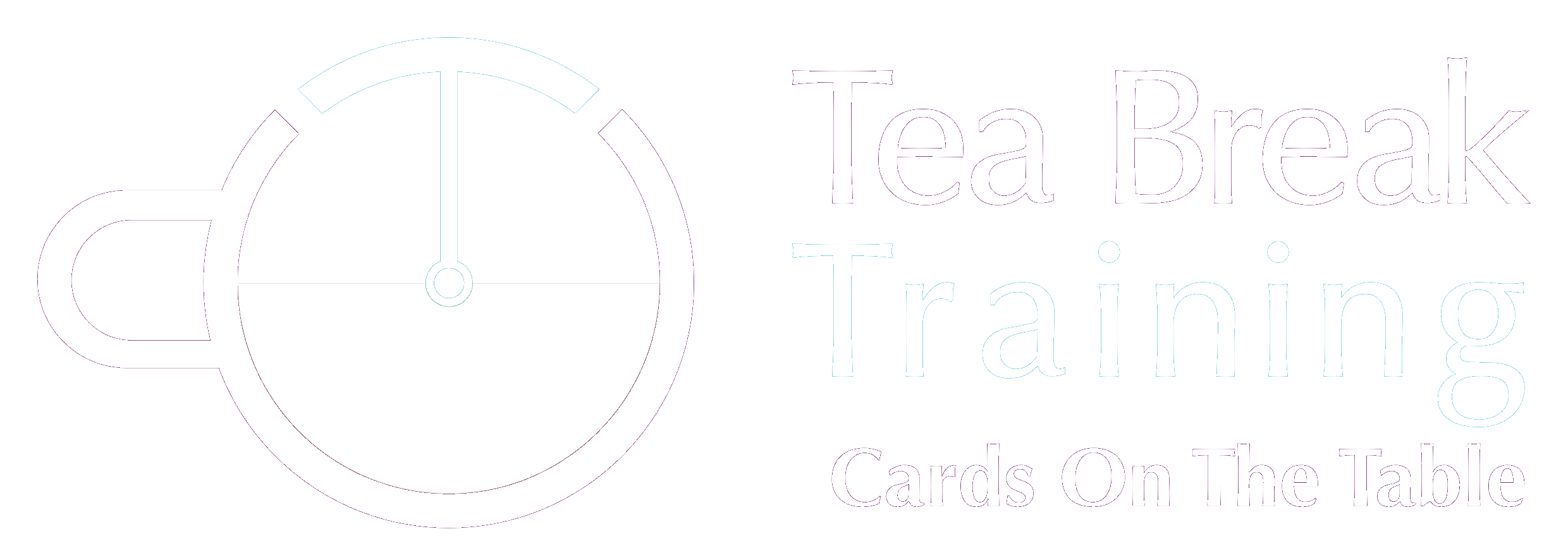Guest Blog: What Happens When You’re Delegated a Task… Using the ‘Delegate’ Model?
Guest Blog by Belle Burgess Oshaug Age 17, Work Experience Student
When you go on work experience, you never quite know what to expect. You might be shadowing people, maybe helping with admin, or – in my case – being thrown (in a good way!) into the middle of something real.
I’ve been working with Dulcie from Top Right Thinking, and one of the first proper tasks she gave me was to design a postcard for managers using her brand-new DELEGATE model. But here’s the twist: she delegated the job to me using the DELEGATE model.
Yes. I was literally delegated to… using DELEGATE.
And not only did it make the whole thing clearer – it actually made it really fun. Here’s how it went.
1. D – Define the importance
The first thing Dulcie asked was, “Why do you think this is important?” I’d just heard two of her team say how useful this tool was going to be, so I realised – it wasn’t just a task for the sake of it. It’s going to help real managers in real businesses, and my version of the postcard might actually get used!
2. E – Explain the task
She clearly explained what the postcard was for – a quick desk tool for managers with four acronyms (DELEGATE, SMART, POLL, and SAFE). She even showed me previous postcards and gave me examples of what it should look like.
3. L – Landmarks and deadlines
We agreed I’d aim to have a first version ready by Wednesday. She also suggested some “landmarks” – like reviewing an early idea on the train together or asking Stuart (the designer) to send me some samples so I could look at them ahead of time.
4. E – Equip me
Dulcie gave me loads of support: she shared her brand colours and fonts, showed me examples of her early scribbles (they were really rough, which was reassuring!), and introduced me to apps and tools I could use, like Pages and Paper. She also said it was totally fine not to get it right first time.
5. G – Good and great outcomes
She said “good” would be a solid first version ready by Wednesday. “Great” would be if we actually finished it by then. That gave me a clear sense of what to aim for – and the freedom to get creative.
6. A – Align with strengths
We talked about our strengths. I like to think things through and have space to create. Dulcie loves brainstorming – and admitted she might take over if I didn’t tell her to back off! It was funny but helpful to know that upfront.
7. T – Talk it back
Dulcie asked me to explain what I thought the task was in my own words. This was really useful as it checked my understanding. I said:
“I’m creating a postcard with the SMART, SAFE, DELEGATE and POLL acronyms on. I need to think about colours and fonts, have some design ideas, and send them to Stuart.”
And she nodded and said, “Exactly.”
8. E – Encourage
She finished by saying she thought this would be great, that it would save her time and give me something cool to show my school. And she asked if there was anything I was worried about – which made it feel like she really cared.
Final Thoughts
I didn’t just get to learn what delegation looks like – I felt it.
This wasn’t just a task. It was an experience that showed me how leadership can work when it’s done well. I knew what I was doing, I felt supported, and I got to be creative. I even learned to speak up when I wanted more space to think!
So if you’re a manager and you think delegation is just giving people jobs… try using DELEGATE. It really isn’t bloody rocket science – but it works.
Books by Dulcie
We listen. We understand. We are confident that we can create a bespoke solution
that really adds to your bottom line.






